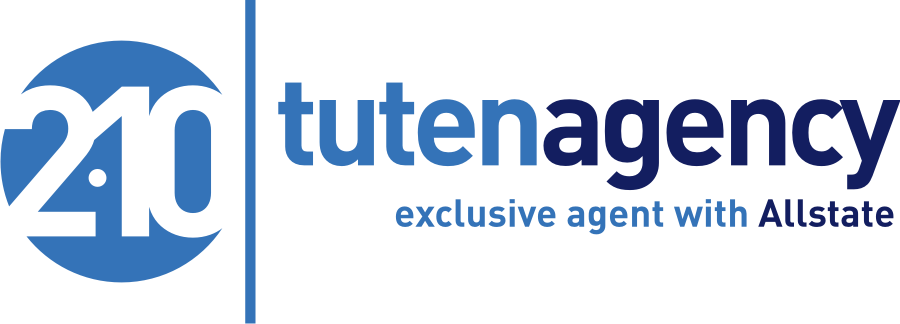Having the right insurance coverage is crucial for protecting your most valuable asset, your home. A term that often comes up in discussions about home insurance is “hazard insurance.”
Hazard insurance, as defined by the Consumer Financial Protection Bureau (CFPB), refers to the coverages provided by homeowners insurance for specific risks. While the term “hazard insurance” is sometimes used interchangeably with homeowners insurance, it specifically refers to the protection offered against various hazards or perils. These hazards can include fire, theft, vandalism, and other potential risks that may cause damage to your home.
It’s important to note that hazard insurance is generally not a separate policy but rather a component of homeowners insurance. Homeowner insurance typically includes coverage for hazards and other types of protection, such as liability coverage and additional living expenses.
What Does Hazard Insurance Cover?
Hazard insurance covers a range of perils that can damage your home. Some common examples of hazards covered by homeowners insurance include:
- Damage caused by fire: If your home suffers damage due to a fire, hazard insurance can help cover the cost of repairs or rebuilding.
- Theft and vandalism: In the unfortunate event of theft or vandalism, hazard insurance can provide financial protection by covering the loss or damage to your property.
- Weight of snow, sleet, or ice: Hazard insurance can help with the expenses associated with damage caused by the weight of snow, sleet, or ice accumulation on your property.
- Household appliances: If a malfunctioning household appliance, such as a faulty water heater, causes damage to your home, hazard insurance can assist in covering the cost of repairs.
- Burst pipes: Hazard insurance typically covers the damage resulting from burst pipes, which can cause significant water damage to your property.
- Civil unrest or riot: In the event of civil unrest or riot, hazard insurance can provide coverage for damage caused to your home.
It’s essential to understand that your hazard insurance’s specific coverages and limits may vary depending on your policy and insurance provider. Reading your policy thoroughly or consulting with your insurance provider will help you understand the exact scope of coverage.
Types of Coverage in Hazard Insurance
Hazard insurance has different types of coverage designed to protect various aspects of your property. These include:
- Dwelling coverage: Dwelling coverage safeguards the physical structure of your home. Whether it’s damage to walls from a fire or dents in your siding caused by hail, this coverage helps pay for repairs or rebuilding.
- Other structures coverage: This type of coverage extends to structures on your property that are not part of your main home. Suppose you have a fence, shed, or detached garage. In that case, hazard insurance can help cover the costs of repairing or replacing them in the event of damage.
- Personal property coverage: Personal property coverage protects your belongings inside the home. It includes items such as clothing, electronics, and household goods. If your personal property is stolen or damaged by a covered peril, hazard insurance can help cover the replacement cost.
Understanding Deductibles and Limits
Deductibles and limits are critical elements of hazard insurance that impact the claims process. A deductible is the amount of money you must pay out of pocket before your insurance company begins to contribute to a claim. Your homeowner’s policy coverage will have a specified deductible amount, as stated in your policy declarations.
Limits, however, refer to the maximum amount your insurance company will pay for a covered loss. Reviewing your policy to understand the limits associated with each type of coverage is crucial. In some cases, you may have the option to increase your coverage limits for better protection.
Exceptions and Exclusions in Hazard Insurance
While hazard insurance covers many perils, you must be aware of any exceptions or exclusions in your policy. Typical exceptions may include certain natural disasters like earthquakes or floods. If you live in an area prone to these risks, you may need additional coverage to protect your home adequately. It’s important to review your insurance policy and discuss it with your provider to identify any gaps in coverage and explore additional protection options.
The Role of Hazard Insurance in Homeownership Mortgages
Hazard insurance plays a significant role in homeownership, particularly regarding mortgages. Lenders typically require proof of homeowners insurance, including hazard insurance, before approving a mortgage. This requirement serves to protect both the homeowner and the lender.
Suppose an unforeseen hazard causes damage to the property. In that case, hazard insurance ensures funds are available to repair or rebuild the home. Lenders want to protect their investments, and hazard insurance provides the necessary financial safeguards.
Conclusion
In conclusion, hazard insurance is an essential component of homeowners insurance that covers various hazards or perils that can damage your home. It is not a separate policy but rather a part of homeowners insurance that protects against risks such as fire, theft, vandalism, and more. Understanding your hazard insurance policy’s specific coverages, deductibles, and limits is crucial to ensure adequate protection.
Additionally, being aware of any exceptions or exclusions in your policy and considering additional coverage for specific risks is important. Hazard insurance plays a vital role in homeownership, as lenders often require it to protect both homeowners and lenders in the event of damage to the property. Therefore, reviewing your policy and ensuring you have sufficient coverage is highly recommended.
By having a comprehensive understanding of hazard insurance, you can safeguard your home and belongings with peace of mind.

